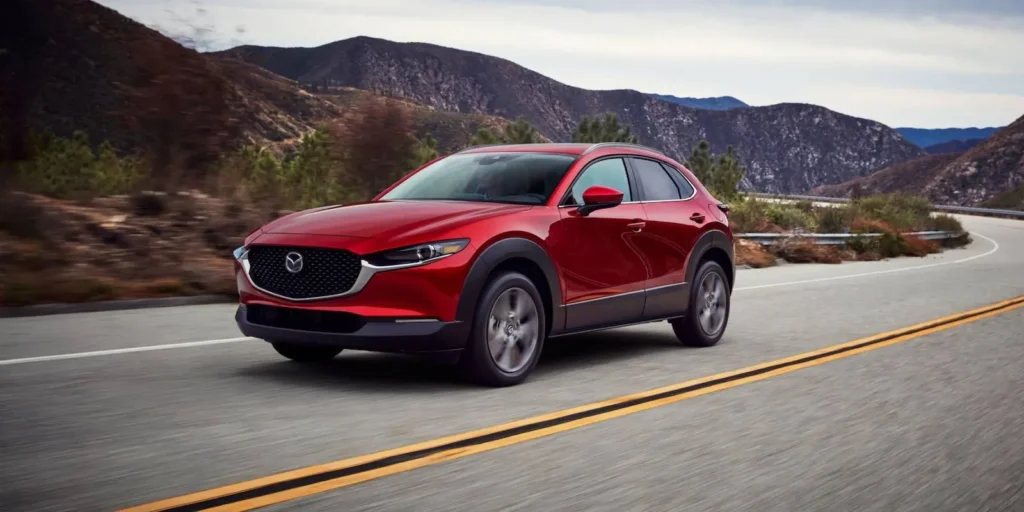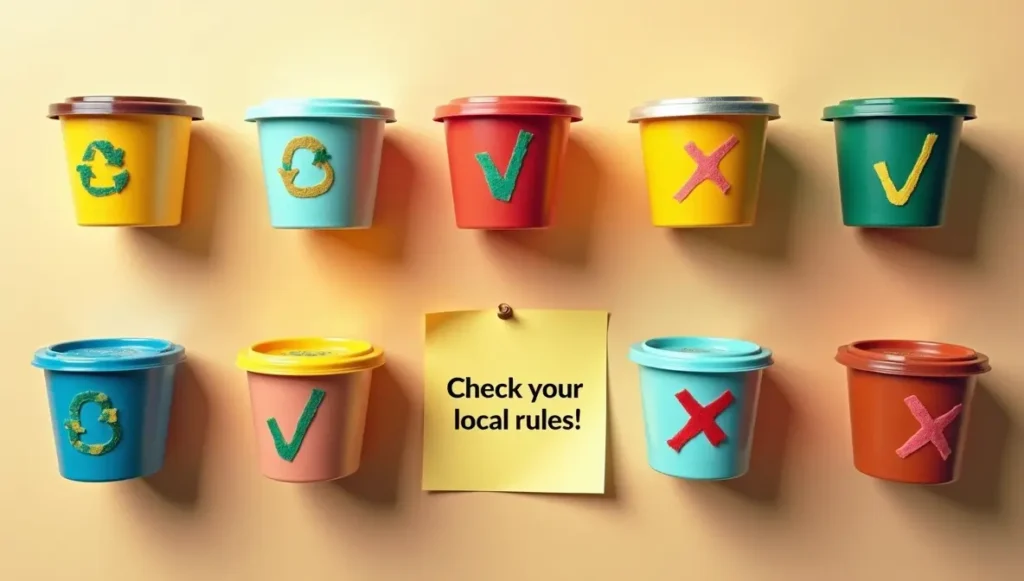The Unlikely Contender
“In 2025, as automakers scramble to electrify, Mazda quietly launches a 2.5L gas SUV priced like a BYD Atto 3. No turbo. No hybrid. Just pure, unfiltered internal combustion. Is this the last gasp of gasoline—or a shrewd play for the silent majority?”

1. The CX-30’s Bold Specs
🔧 Under the Hood
- Engine: 2.5L Skyactiv-G (192 HP) – naturally aspirated for linear power .
- Price: €31,000 (Prime-Line trim) – undercuts Tesla Model Y and BYD Atto 3 .
- Fuel Economy: 6.8L/100 km (34 mpg) – respectable for a non-hybrid .
🎯 Target Buyer
- EV Skeptics: Those wary of charging infrastructure or battery degradation.
- Driving Purists: Fans of Mazda’s “Jinba Ittai” (horse-and-rider) philosophy.
- Budget-Conscious: Avoids the €10K+ premium of hybrids .
2. Why This Makes Sense in 2025
⚡ The EV Market’s Pain Points
Chinese EVs like the BYD Atto 3 flood global markets with budget models—but compromise on driving dynamics and safety (scoring just 3/5 Euro NCAP stars). While Chinese EVs dominate with cheap prices, Mazda bets on purity: lighter weight, RWD-biased AWD, and a naturally aspirated engine that enthusiasts actually want to rev.
🛠️ Mazda’s Counterpunch
- Simplicity: Fewer parts = lower maintenance costs (no battery replacements).
- Driving Dynamics: Lighter (3,200 lbs vs. 4,000+ lbs for EVs) and RWD-biased AWD.
- Premium Feel: 8.8″ touchscreen, adaptive cruise, and Kodo design at a bargain .
3. The Risks: Swimming Against the Tide
⚠️ Regulatory Headwinds
- EU’s 2035 ICE Ban: Gas cars face extinction in key markets .
- CO₂ Penalties: 154 g/km emissions may incur taxes in green zones .
🔄 Shifting Consumer Tastes
- Resale Value: ICE depreciation outpaces EVs (20% vs. 12% annual drop).
- Perception: Could be seen as “outdated” despite its merits .
4. The Verdict: Niche Masterstroke or Fool’s Errand?
✅ Buy It If:
- You drive <10K km/year and value driving engagement.
- Live where charging is sparse (rural areas, apartment dwellers).
- Crave reliability (Mazda ranks #3 in Consumer Reports’ reliability ).
❌ Avoid It If:
- You commute 50+ km daily (fuel costs add up).
- Need cutting-edge tech (BYD’s rotating screen beats Mazda’s 8.8″ display).
- Care about long-term resale .






